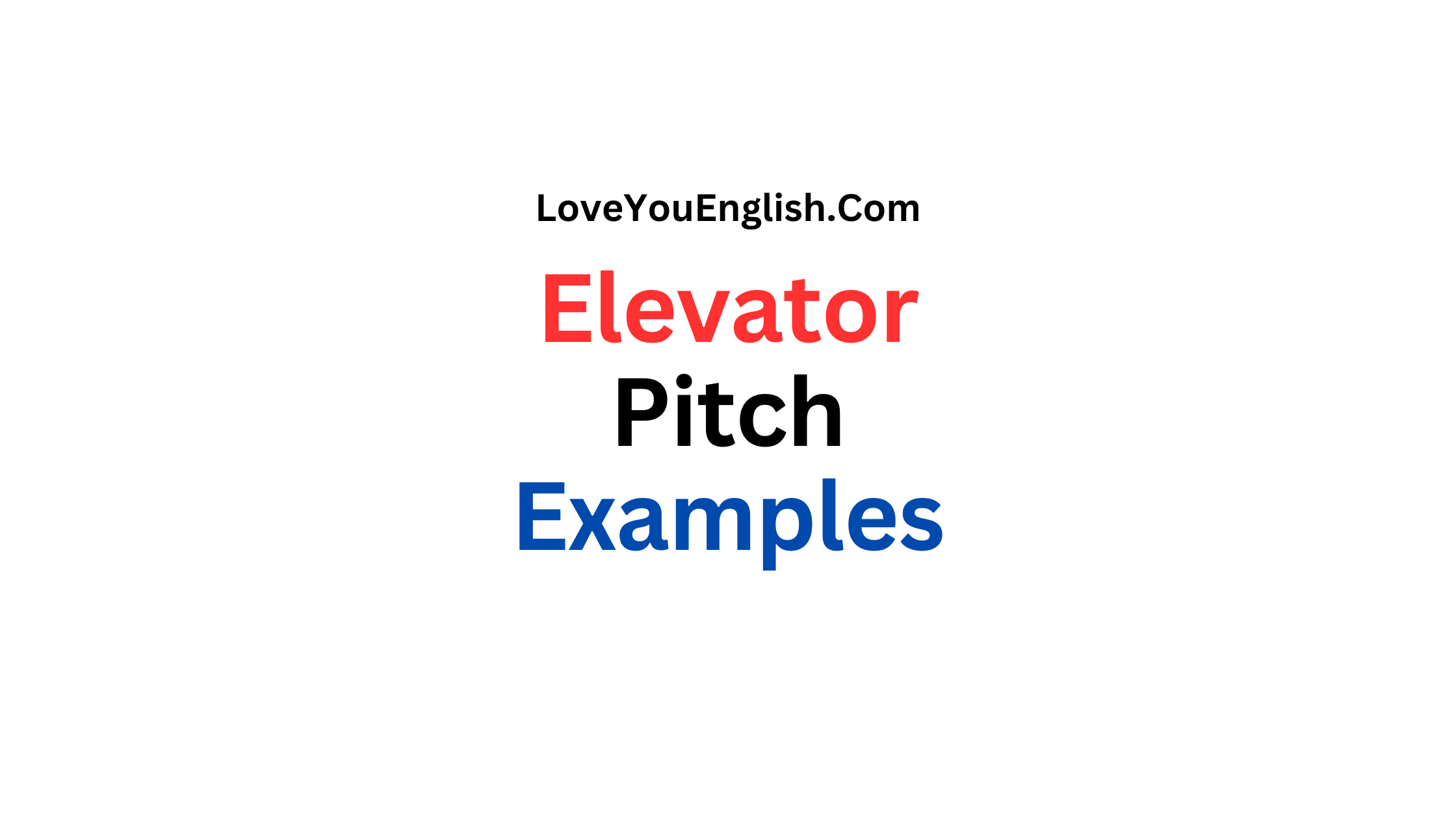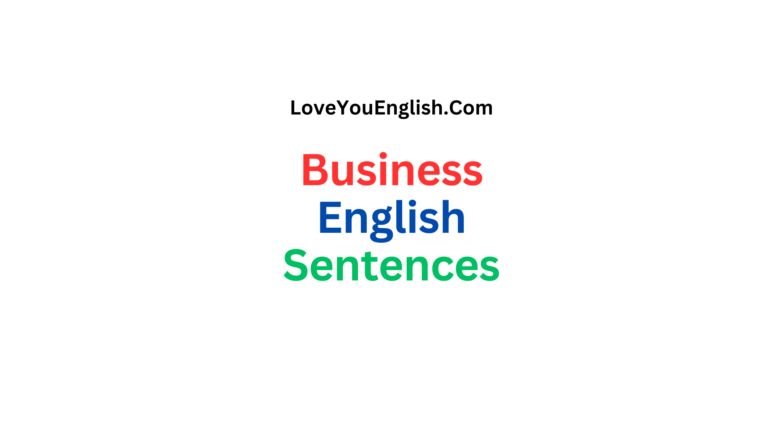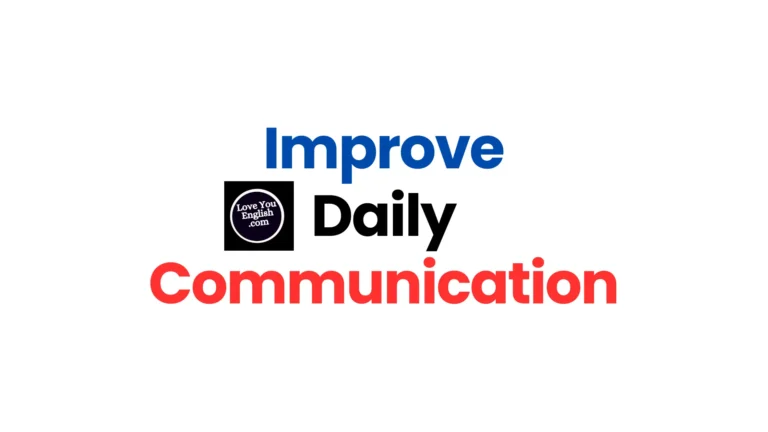9 Elevator Pitch Examples to Ensure You Stand Out
I’m going to show you nine different elevator pitch examples that work really well, and we’ll also give you some tips on how to make your own pitch awesome.
Today in the fast-moving business world, it’s super important to be able to talk about what makes you special really quickly.
That’s where the elevator pitch comes in!
It’s a short and awesome way to tell people who you are, what you do, and why it’s important.
Whether you’re trying to get investors for your business, impress a potential boss, or make new connections, having a great elevator pitch can help you out big time.
By the end, you’ll be all set to make a killer elevator pitch that makes you stand out from the crowd.
The Problem-Solution Pitch
Example: “Hi, I’m Sarah Chen, founder of GreenGrow. Did you know that 40% of food in the US goes to waste, while 1 in 8 Americans struggles with hunger? At GreenGrow, we’ve developed an AI-powered app that connects restaurants and grocers with local food banks and shelters, reducing waste and feeding those in need. In just six months, we’ve saved over 100,000 meals from landfills and provided nutrition to thousands of families. We’re not just tackling food waste; we’re building a more sustainable and equitable food system.”
Why it works:
This pitch immediately grabs attention with a striking statistic that highlights a significant problem. It then swiftly introduces the solution, demonstrating its effectiveness with concrete results. The pitch also goes beyond the immediate problem-solution dynamic to paint a bigger picture of the company’s impact and vision.
How to adapt it:
Start by identifying the core problem your product or service solves. Use a compelling statistic or fact to illustrate the problem’s magnitude. Then, succinctly explain your solution and back it up with tangible results or benefits. Finally, connect your solution to a larger, more inspiring goal or vision.
The Personal Story Pitch
Example: “Hello, I’m Alex Rodriguez. Five years ago, I was a stressed-out corporate lawyer drowning in student debt. That’s when I created DebtDestroyer, a personal finance app that gamifies debt repayment. Using behavioral psychology and machine learning, we’ve helped over 50,000 millennials pay off more than $200 million in debt. Our users report feeling more in control of their finances and less stressed about their future. At DebtDestroyer, we’re not just paying off debt; we’re empowering a generation to achieve financial freedom.”
Why it works:
This pitch leverages the power of personal storytelling to create an emotional connection. It establishes credibility by showing that the founder has experienced the problem firsthand. The pitch then transitions smoothly into the solution, providing impressive metrics to demonstrate its effectiveness. It concludes with an aspirational message that resonates with the target audience.
How to adapt it:
Reflect on your personal experiences that led you to create your product or pursue your career path. Craft a brief, relatable story that highlights the problem you’re addressing. Then, introduce your solution and its impact, using specific numbers or results if possible. End with a statement that captures the broader significance of your work.
The Unique Selling Proposition Pitch
Example: “I’m Emma Wong, CEO of SoundScape. In a world where 1.5 billion people suffer from hearing loss, traditional hearing aids often fall short. They amplify all sounds indiscriminately, leading to sensory overload and discomfort. SoundScape is revolutionizing auditory assistance with our AI-powered smart earbuds. Unlike conventional devices, our technology uses machine learning to identify and enhance specific sounds the user wants to hear while suppressing background noise. The result? Crystal clear conversations in noisy environments and a personalized listening experience that adapts to each user’s unique hearing profile. We’re not just improving hearing; we’re restoring the joy of sound.”
Why it works:
This pitch clearly articulates the limitations of existing solutions before introducing its unique approach. It uses technical language judiciously to establish credibility without becoming overly complex. The pitch also paints a vivid picture of the benefits, helping the listener imagine the positive impact on users’ lives.
How to adapt it:
Identify what truly sets your product, service, or skills apart from the competition. Briefly acknowledge the current landscape or traditional approaches, then clearly articulate how your offering is different and superior. Use descriptive language to help the listener visualize the benefits and conclude with a statement that captures the broader impact or significance of your unique approach.
The Niche Market Pitch
Example: “Hey there, I’m Carlos Mendez, founder of PetPal. Did you know that 67% of American households have a pet, but finding reliable pet care remains a huge challenge? PetPal is the first AI-powered marketplace exclusively for pet services. We connect pet owners with vetted, insured pet sitters, dog walkers, and in-home pet care providers. Our algorithm matches pets with the most suitable caregiver based on factors like species, temperament, and special needs. Since launching last year, we’ve facilitated over 100,000 pet care bookings with a 98% satisfaction rate. At PetPal, we’re not just providing pet care; we’re giving pet owners peace of mind and furry friends the love they deserve when their humans are away.”
Why it works:
This pitch effectively targets a specific, sizeable market and demonstrates a deep understanding of the challenges faced by pet owners. It clearly explains how the service works and what sets it apart. The use of specific numbers (bookings and satisfaction rate) adds credibility and illustrates traction. The emotional appeal at the end resonates with the target audience of pet lovers.
How to adapt it:
Identify your niche market and highlight its size or importance. Articulate the specific problem or need within this market that you’re addressing. Clearly explain your solution and what makes it uniquely suited to this niche. Use numbers or statistics to demonstrate your success or market validation. Conclude with an emotional hook that speaks directly to your target audience’s values or desires.
The Analogy Pitch
Example: “Hi, I’m Dr. Aisha Patel. Imagine if treating cancer was like playing a video game, where doctors could see the enemy cells in real-time and adjust their strategy on the fly. That’s exactly what we’re doing at NanoVision. We’ve developed a revolutionary imaging technology that allows oncologists to visualize cancer cells at the molecular level during treatment. It’s like giving doctors x-ray vision and a heads-up display. In clinical trials, our technology has improved treatment efficacy by 40% and reduced side effects by 30%. At NanoVision, we’re not just improving cancer treatment; we’re empowering doctors to save more lives.”
Why it works:
This pitch uses a vivid analogy that immediately captures attention and makes a complex technology easy to understand. It bridges the gap between the familiar (video games) and the innovative (cancer treatment), making the concept more accessible to a broad audience. The pitch then backs up the exciting concept with impressive clinical trial results, demonstrating both innovation and effectiveness.
How to adapt it:
Think about how you can explain your product, service, or skills using an analogy to something familiar. The analogy should simplify complex ideas and create an “aha” moment for the listener. After introducing the analogy, provide concrete details or results that demonstrate the real-world impact of your offering. Conclude with a statement that captures the broader significance of your work.
The Social Impact Pitch
Example: “Hello, I’m Malik Johnson, co-founder of EduAccess. In America, zip code is still one of the strongest predictors of educational outcomes. At EduAccess, we’re changing that equation. We’ve created a virtual reality platform that brings world-class educational experiences to underserved communities. Students can attend lectures by Ivy League professors, conduct virtual science experiments, and explore historical sites – all from their local school or community center. In our pilot program across five states, we’ve seen a 35% improvement in standardized test scores and a 50% increase in college application rates. At EduAccess, we’re not just providing education; we’re equalizing opportunity and empowering the next generation of leaders, regardless of their background.”
Why it works:
This pitch immediately establishes the social problem it’s addressing with a powerful statement about educational inequality. It then clearly explains the innovative solution and its wide-ranging applications. The use of specific, impressive results from the pilot program adds credibility and demonstrates real impact. The pitch concludes with an inspiring vision that goes beyond education to touch on broader themes of equality and empowerment.
How to adapt it:
Start by clearly articulating the social issue you’re addressing. Explain your solution in a way that helps the listener visualize its implementation and impact. Use specific numbers or results to demonstrate the effectiveness of your approach. Conclude by connecting your work to larger themes of social justice, equality, or positive change.
The Future-Focused Pitch
Example: “Greetings, I’m Dr. Yuki Tanaka, founder of QuantumLeap Computing. We stand on the brink of a computational revolution. While traditional computers struggle with complex problems like drug discovery and climate modeling, our quantum computing technology is redefining what’s possible. We’ve developed a stable, scalable quantum processor that operates at room temperature – a feat previously thought impossible. This breakthrough could accelerate scientific discovery, optimize global supply chains, and even help in the fight against climate change. In early tests, our quantum system solved a problem in 3 minutes that would take a classical supercomputer 10,000 years. At QuantumLeap, we’re not just advancing computing; we’re unlocking humanity’s potential to solve its greatest challenges.”
Why it works:
This pitch immediately captures attention by positioning the company at the forefront of a technological revolution. It clearly explains the limitations of current technology before introducing the groundbreaking solution. The use of a specific, mind-boggling comparison (3 minutes vs. 10,000 years) drives home the power of the technology. The pitch also effectively communicates the wide-ranging potential applications, appealing to various interests and industries.
How to adapt it:
Begin by painting a picture of the future your product or service is helping to create. Briefly explain the limitations of current approaches or technologies. Then, introduce your innovation and what makes it revolutionary. Use a striking comparison or statistic to illustrate its power or effectiveness. Conclude by outlining the broad, transformative impact your work could have across multiple domains.
The Expertise Pitch
Example: “Hi, I’m Maria Garcia, cybersecurity expert and founder of ShieldForce. In an age where data is the new oil, cyber attacks are the new form of warfare. With over 15 years of experience protecting Fortune 500 companies and government agencies, I’ve witnessed firsthand how traditional security measures fall short against evolving threats. That’s why I created ShieldForce, an AI-powered cybersecurity platform that doesn’t just react to attacks – it anticipates them. Our predictive algorithms have prevented over 10,000 potential breaches for our clients, saving them an estimated $500 million in potential damages. At ShieldForce, we’re not just protecting data; we’re safeguarding the digital future of businesses and nations alike.”
Why it works:
This pitch establishes credibility right from the start by highlighting the founder’s extensive experience in a critical field. It uses a powerful metaphor (data as oil, cyber attacks as warfare) to emphasize the importance of the problem. The pitch then introduces the innovative solution, backing it up with impressive statistics that demonstrate its effectiveness. It concludes by connecting the company’s work to a larger, crucial mission.
How to adapt it:
Begin by succinctly stating your relevant expertise or experience. Use a compelling metaphor or comparison to highlight the importance of your field or the problem you’re addressing. Introduce your product, service, or unique approach, explaining how it goes beyond traditional solutions. Provide specific results or statistics that prove your effectiveness. Conclude by connecting your work to a larger, important mission or trend.
The Investor-Focused Pitch
Example: “Good afternoon, I’m Jamal Williams, CEO of GreenFleet. The $700 billion trucking industry is ripe for disruption, and we’re leading the charge with electric, autonomous trucks. Our proprietary battery technology offers a range of 600 miles on a single charge, while our AI-driven logistics platform optimizes routes and reduces idle time by 40%. We’ve already secured partnerships with three of the top ten US retailers for pilot programs. Our projections show we can capture 5% of the market within five years, translating to annual revenues of $35 billion. With your investment, we can accelerate production, expand our charging infrastructure, and revolutionize the future of freight. At GreenFleet, we’re not just transforming transportation; we’re driving the sustainable, efficient future of commerce.”
Why it works:
This pitch is tailored for potential investors, leading with the market size to immediately demonstrate the opportunity. It clearly articulates the company’s unique technology and its advantages. The mention of partnerships with major retailers adds credibility and shows market validation. The pitch includes specific financial projections, giving investors a clear picture of the potential return. It concludes by outlining how the investment will be used and connecting it to a larger vision of industry transformation.
How to adapt it:
Start with a statement about market size or opportunity to grab attention. Clearly explain your product or service and its unique advantages. Mention any significant partnerships, clients, or market validation you’ve achieved. Include specific financial projections or growth metrics. Articulate how potential investment will be used to drive growth. Conclude by connecting your company’s success to larger industry or societal trends.
Crafting Your Perfect Elevator Pitch
Now that we’ve explored these nine examples, here are some key tips to help you craft and deliver your own standout elevator pitch:
Know your audience:
Tailor your pitch to the interests and background of your listener. An investor will have different priorities than a potential client or employer.
Start strong:
Begin with a hook – a surprising statistic, a thought-provoking question, or a bold statement that captures attention.
Be concise:
Aim for 30-60 seconds. Practice until you can deliver your pitch smoothly within this timeframe.
Focus on benefits:
Don’t just list features. Explain how your product, service, or skills solve a problem or add value.
Use vivid language:
Paint a picture with your words. Use analogies, metaphors, or descriptive language to make your pitch memorable.
Include a call to action:
End with a clear next step, whether it’s scheduling a meeting, trying your product, or connecting on LinkedIn.
Practice, but don’t sound rehearsed:
Your pitch should feel natural and conversational. Practice enough to be comfortable, but allow for flexibility based on the situation.
Show passion:
Let your enthusiasm for your work shine through. Genuine excitement is contagious and can be the difference between a good pitch and a great one.
Be prepared for questions:
Anticipate potential questions and have concise, informative answers ready.
Final Thoughts:
Your elevator pitch is super important because it’s the first thing people hear from you.
It’s like a little sneak peek that can get them interested and wanting to know more.
By checking out examples and tips, you can create a pitch that really makes you stand out.
Having a great elevator pitch can help you in so many situations, like talking to investors, meeting new people at events, or even during a job interview.
It’s not just about promoting something you’re selling – it’s about showing off who you are and what you’re all about.
With some practice, your elevator pitch can become a powerful tool that helps you connect with others and grab exciting opportunities.
Make sure to spend some time perfecting your pitch. You never know, your next big opportunity could be just an elevator ride away!
Explore more topics:
- Tips for Teaching English in a Classroom
- 150 English Phrases for Conversations
- Ultimate Guide to Learning English Online







